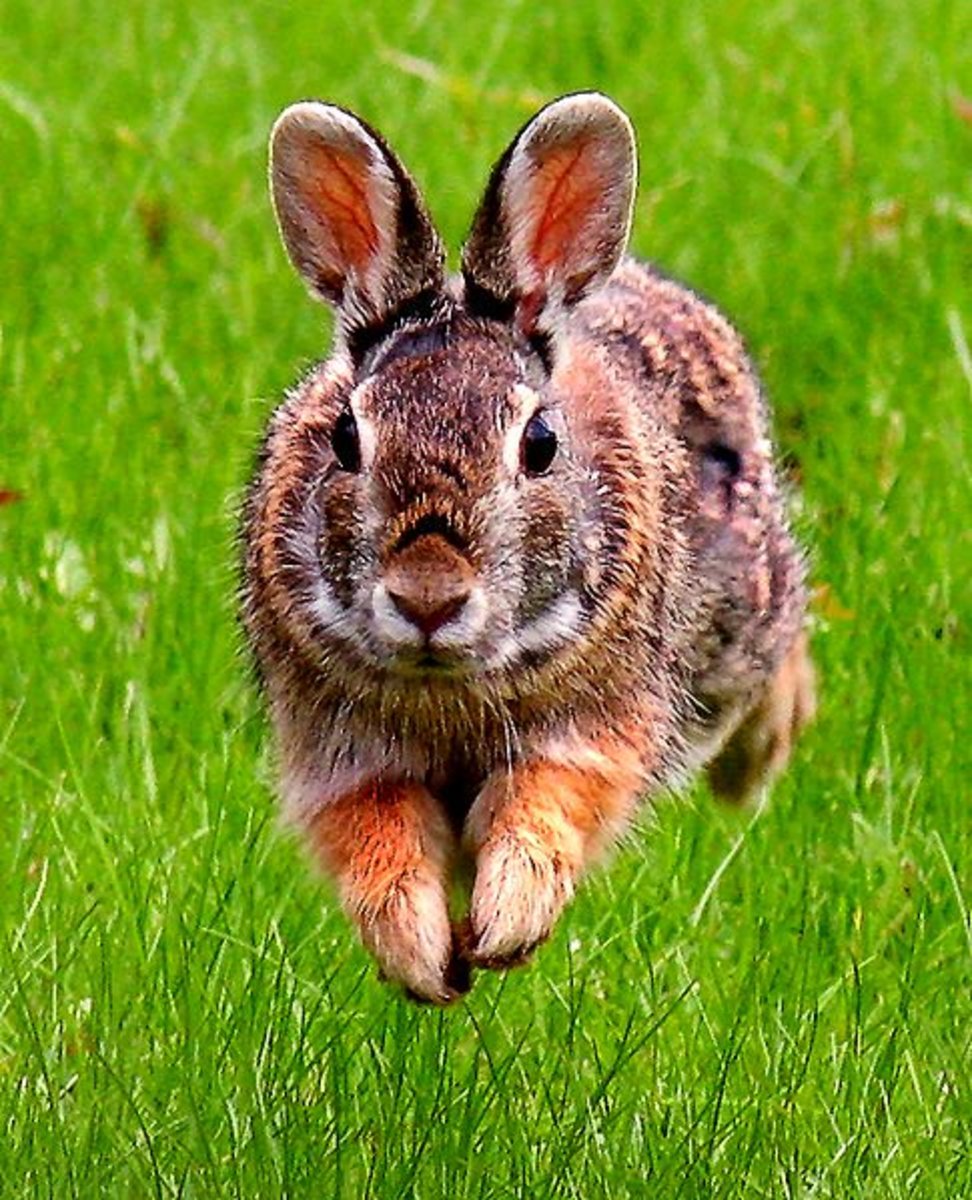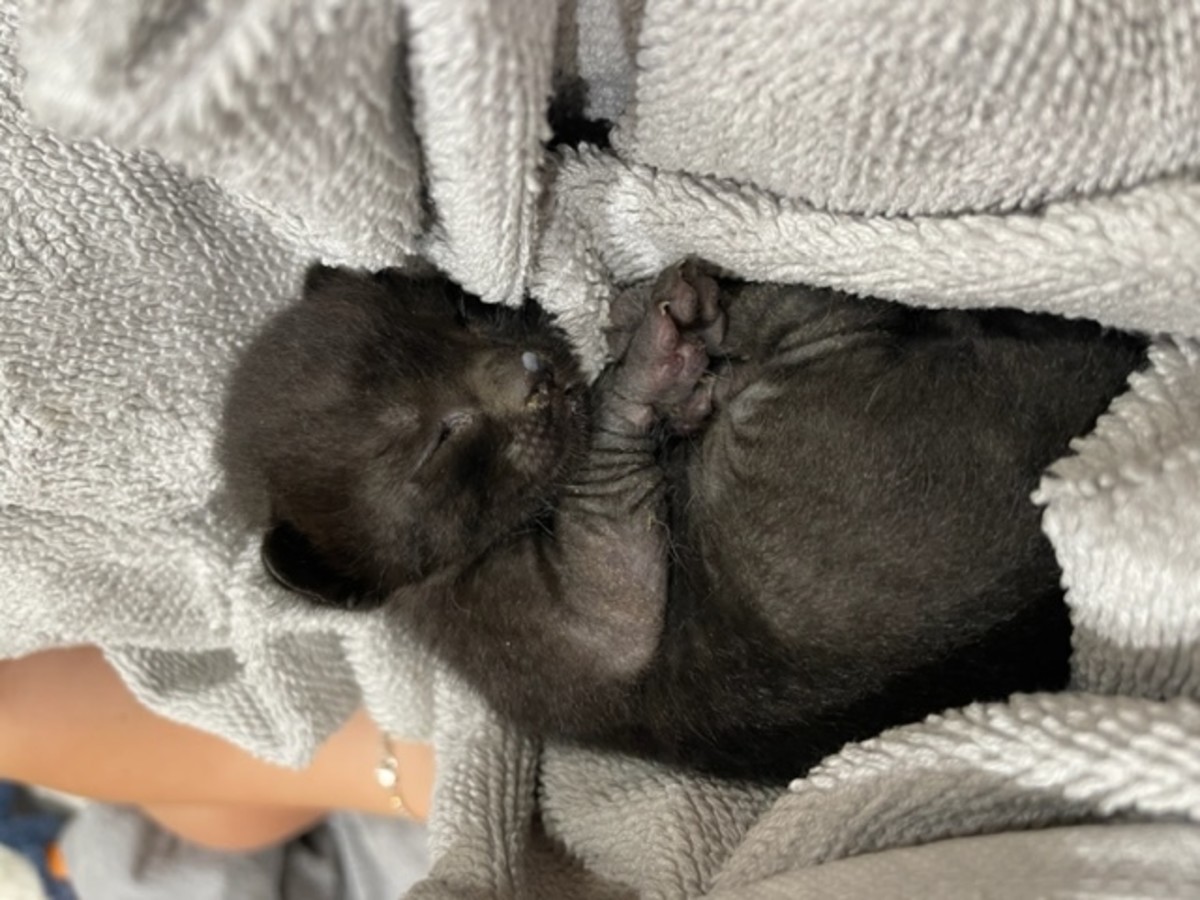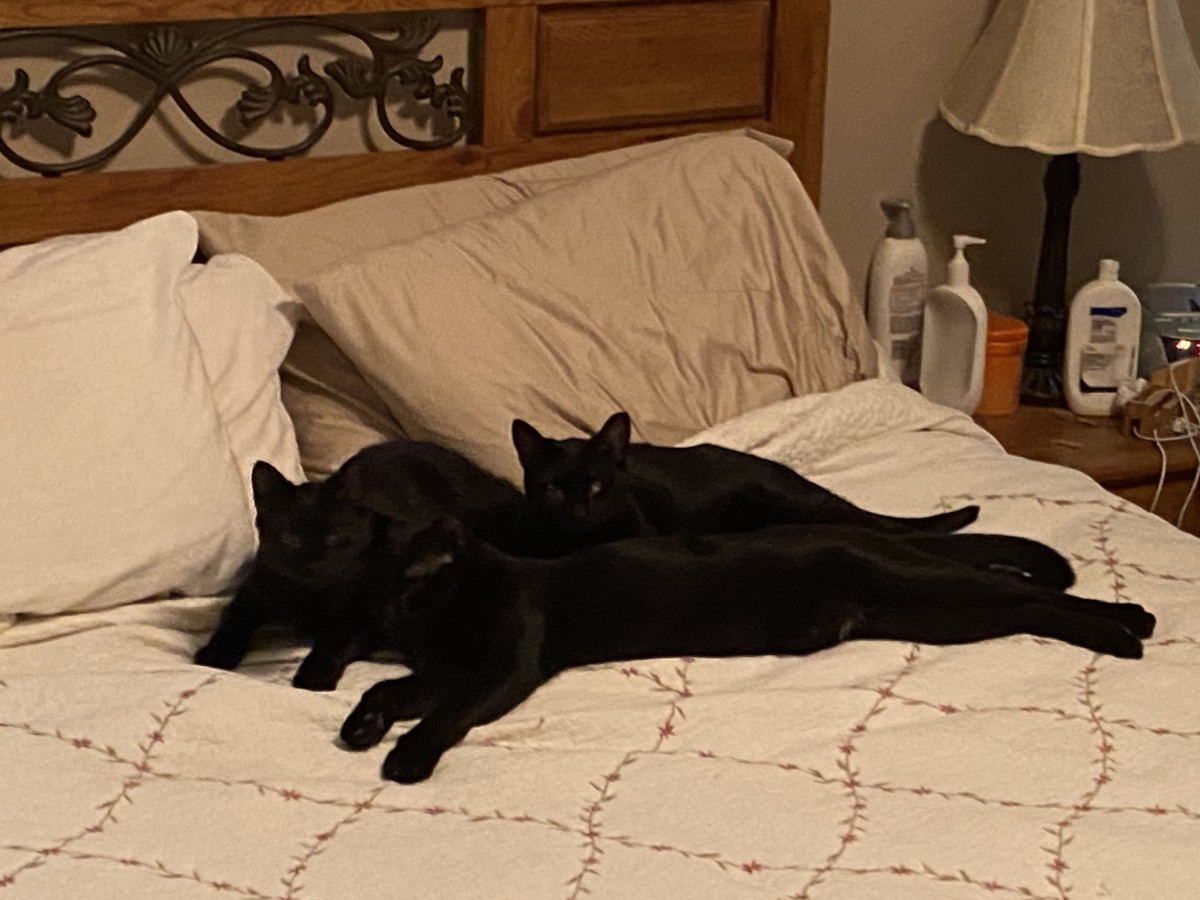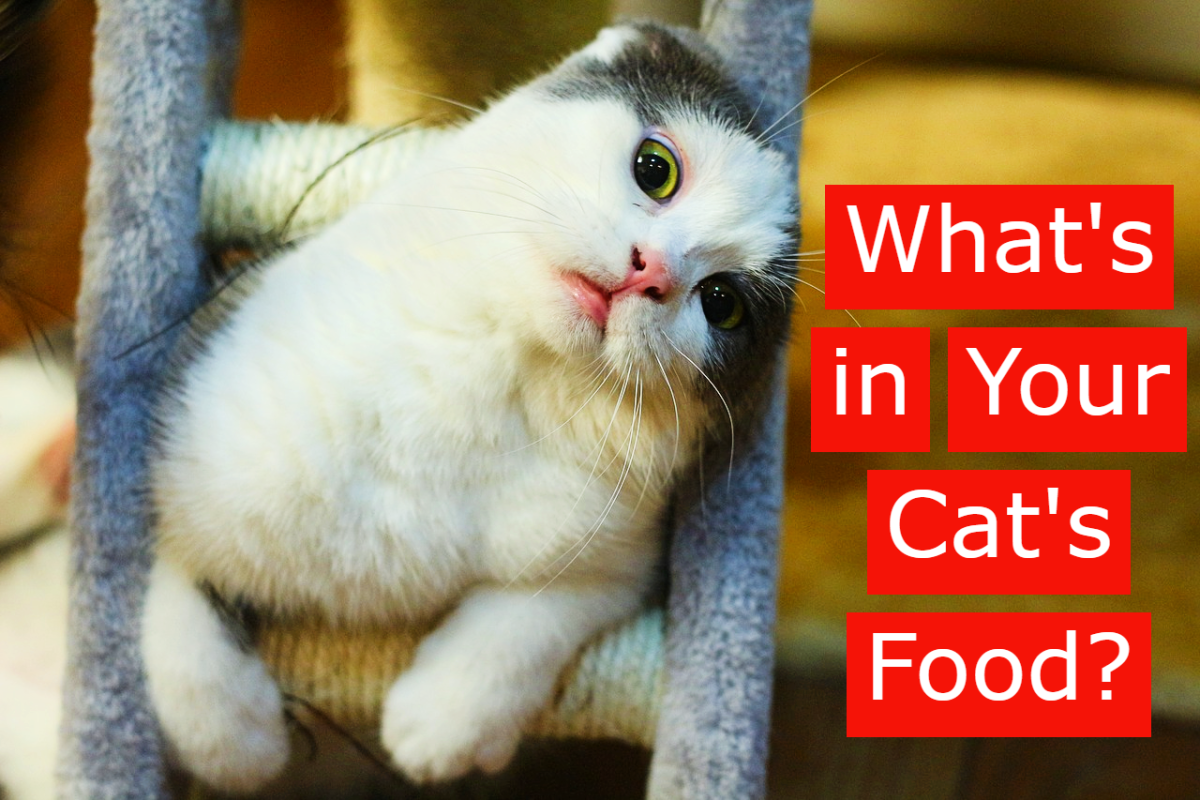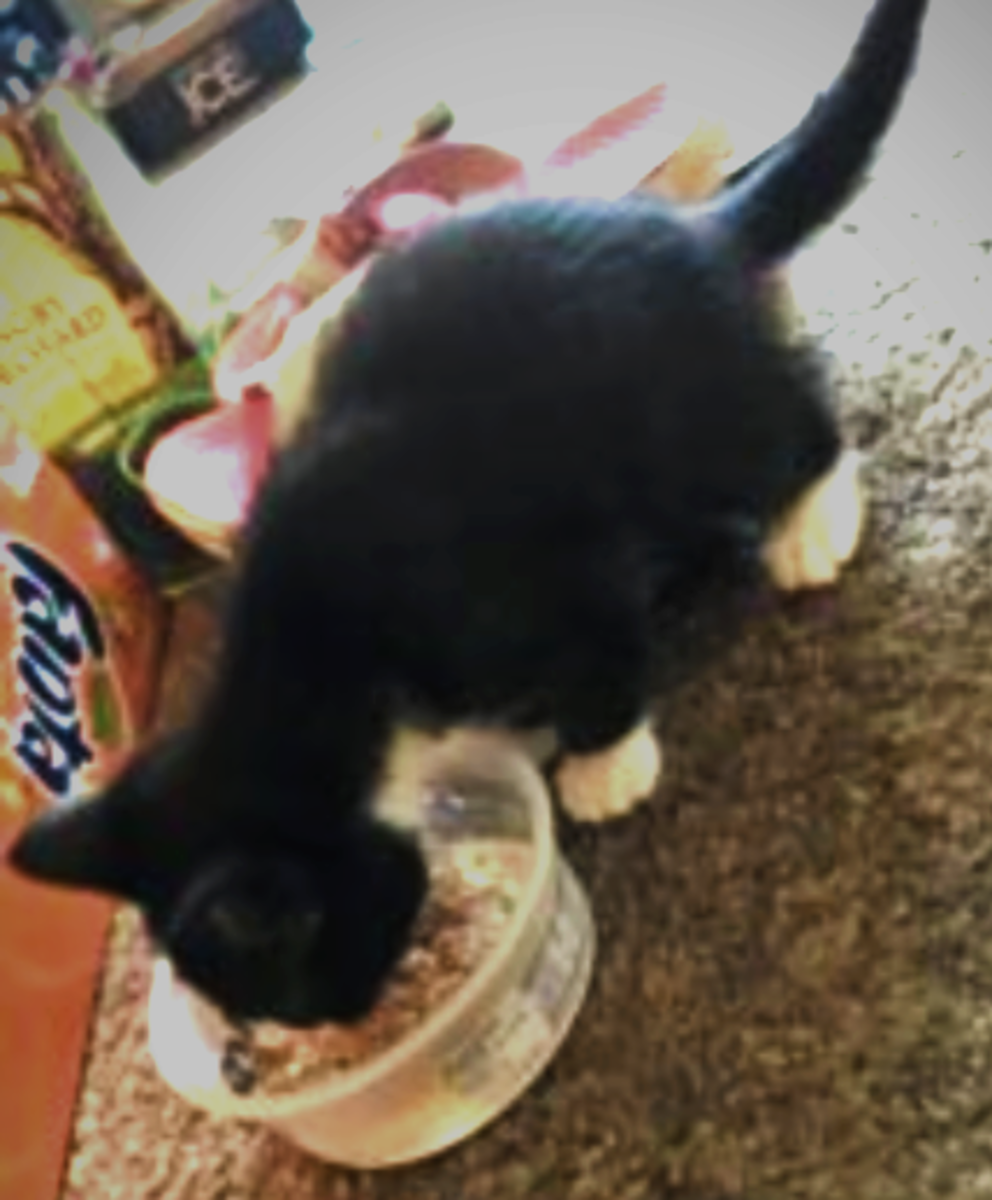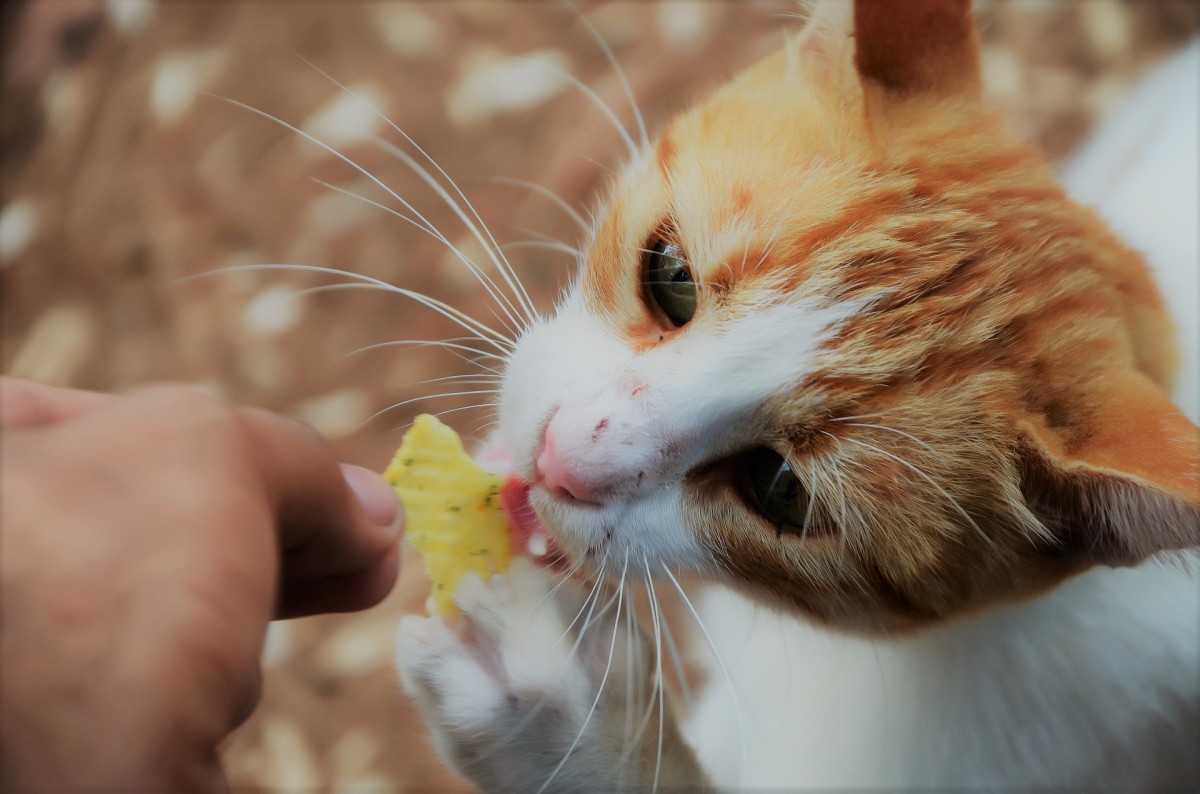Kitten Feeding Guide
Having decided on your kitten, or kittens, and perhaps even chosen it, you need to prepare. It's like bringing a new baby home from the hospital - the anticipation is lovely. Kittens don't need very much in the way of equipment, but there are some things that are essential and others that can make life easier or more comfortable.
You will obviously have to feed the kitten and provide somewhere for it to go to the bathroom. It will need a bed, and you will need something to bring it home in. These are the first and most vital requirements. Other things such as toys and scratch posts can be bought a little bit later. You will also need to give some thought to where the kitten is going to sleep and eat and where its litter box should be situated.
Visit any pet shop or superstore and you will find an array of bowls made from plastic, stainless steel, or ceramic. Choose a bowl the appropriate size for your kitten so that it can get to the food or water but cannot wade into it (kittens often climb onto a saucer to eat). It helps if the bowl has a nonslip base so that it does not travel across the floor as the kitten tries to eat. Choose something that is easy to wash. Some people say that plastic bowls retain the smell of food, in which case it might be better to choose stainless steel or ceramic - plastic does become scratched after a period of use too. Keep the bowls clean and always ensure the kitten has a supply of fresh, clean water.
Initially, even if only for the first couple of days, try to use the same food that the breeder or previous owner fed to the kitten. Kittens can get upset tummies very easily - a change of diet at a time when everything else is also new may just trigger a bout of diarrhea. It is also nice for the kitten to find something with which it is familiar; smells are very important in this context. Familiar food will be comforting.
You may feel that the kitten's diet is not correct or that you prefer to use a different brand of food - make the changes carefully and gradually. Your kitten should be on a special kitten diet, formulated to take into account its rapid growth. It needs all the nutrients for building muscle as well as energy for play and learning. There are many such good kitten diets on the market to choose from. You may decide on a wet food, one that comes in a can or pouch, or a dry diet that is easy to use. Check how much you should be feeding and how often. Kittens, like babies, need food often and in small amounts - they have small stomachs but lots of energy and need frequent refueling. If you are feeding a dry diet, you can simply leave it out for the kitten to eat as it wants. A wet diet may go stale if left in the dish, may not smell nice, or may attract flies in the summer. Wet food needs to be thrown away if it is not eaten, and the dish should be washed thoroughly.
Some people decide they want to feed a home-prepared diet - this can be very tricky in terms of providing all the nutrients a growing kitten needs. A chicken breast may be appealing to us, but it does not have all the nutrients that are required - the normal diet of a free-living kitten consists of small mammals or birds, and they will eat all parts of the body in order to get the balance of energy, minerals, and vitamins they need. Cat nutrition is a complex science, and you would need to feed a wide range of meat and fish, supplemented with all the necessary vitamins and minerals. Moreover, the results can be haphazard, especially at a time when your kitten's body is demanding very specific nutrients for healthy growth and development. Unless you know what you are doing, it is safer, and generally easier, to use a commercially prepared kitten food. The pet food companies spend millions on getting it right and making it easy for us.
Don't even consider using a vegetarian diet for your kitten. Cats have evolved to become highly efficient hunters, and, because of their success in feeding themselves on prey, they have not needed to rely on vegetable matter as a source of nutrition. Their bodies have adapted by losing some of the chemical pathways needed to deal with a vegetarian diet. They have nutritional requirements that can only be satisfied by eating meat, for which reason we call the cat an obligate carnivore - without meat in its diet, it can suffer from diseases related to deficiencies in certain proteins and fats. Like humans and most mammals, cats use protein in food to build body tissue and carry out repairs and also to build things such as hormones. Cats also use protein in the way we use carbohydrate, as a source of energy. So the type, quality, and proportion of protein in their diets are very important. Some vegetarian diets now claim to have found nonanimal sources for all of these nutrients, but to me the whole thing is nonsense. The cat looks and acts as it does because millions of years of evolution have made it into a hunter - we should respect and accept this and not try to make it into a rabbit.
Look at the way a free-living or feral cat will eat. It will spend a great deal of time hunting; many hunts will not be successful, but it will need ten or more small meals a day to keep it going, depending on just how active it is. The cat is a snacker rather than a huge meal eater. You will notice that if you provide dry food for your cat, it will have a few mouthfuls and then wander off and do something else, then come back and take some more. If there is nothing in the bowl, the cat will soon start to nag you to put some in there. If you feed it wet or canned food, remember this can go bad quickly, especially in warm weather (or in warm heated houses) and will not be palatable to the cat, which has a very sensitive nose for these things.
A kitten needs small, frequent meals in order to be able to ingest enough nutrients to provide the energy and building blocks for rapid growth. It therefore needs to be fed more frequently than an adult cat. When you first get your kitten at about eight to twelve weeks of age, it will need about five meals a day. If you choose to feed dry food, your life will be easier when you go out, as the kitten can help itself. If you want to use canned food, you might want to invest in an automatic feeder, which will pop open at a pre-set time and give the kitten access to fresh food. Feeding provides an opportunity to bond with your kitten, so enjoy these interactions and make the most of them in terms of interactions. By the time your kitten is six months old it will be about three-quarters grown and you can reduce meal times to twice a day if you wish or continue to feed dry food on a free-choice basis.
When you are preparing your home for your kitten's arrival, you will need to think about where you are going to feed. Find a quiet spot where there is no competition from other cats or where the dog is not likely to swoop down and polish off the bowl in one mouthful (cat food is very, very appealing to dogs!). Also make sure the food is served away from the litter box.
Milk has always been thought of as the traditional drink for cats. However, cats and weaned kittens do not require milk as part of their diet and it is not a substitute for water. After a kitten is weaned, its ability to digest lactose, a sugar found in milk, is lost. If it is then given milk it cannot digest it properly, which can result in diarrhea. Check with the breeder or place where you got the kitten as to whether it has had milk before and if it was tolerated. There are now special milks made for cats that do not cause stomach upset, so you may want to try one of these. However, do not start this until the kitten has settled in - too much change and new additions to the diet are best avoided at the beginning.
- When Is the Best Time to Get a Kitten
Once you have decided you want a kitten, there are actually quite a few decisions to be made before you go down a particular path in getting it. Do you want a pedigree or a moggie? Are you after a particular... - 7 Reasons for Wanting a Kitten
Why do you want a kitten? This is not a judgmental question - just another way of looking at your expectations and level of involvement. Wanting or expecting too much involvement can cause as many difficulties...

